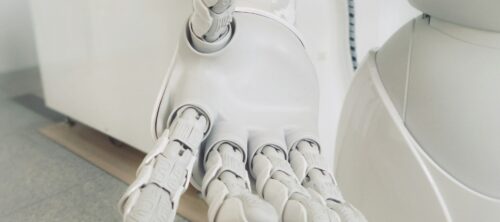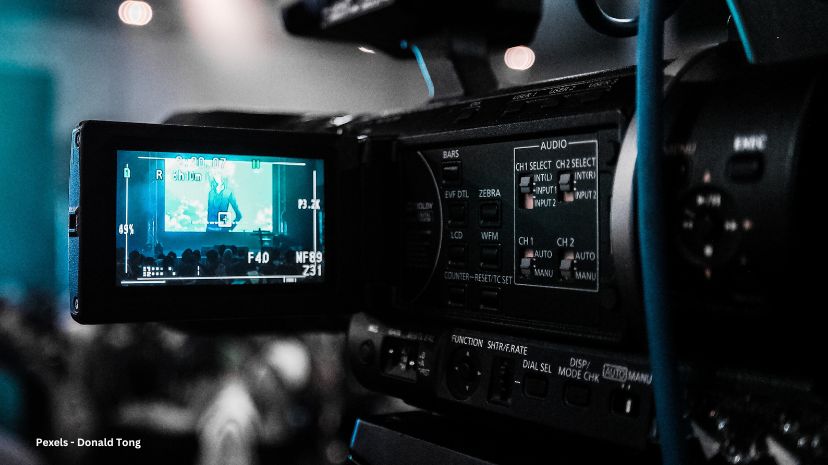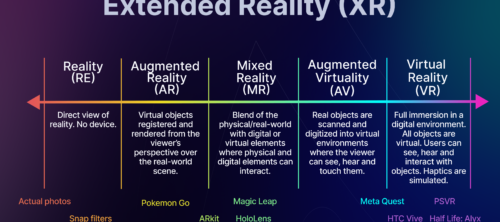
3D Animation: Overall Improvements, Breakthrough Tech and AI
Animation has come a long way since its inception when everything had to be hand-drawn, frame-by-frame. While traditional 2D animation has maintained its place in some of the most beloved genres and pieces of media on the planet today, western animation is certainly heading towards the 3D, or in other words, CGI (computer-generated image) direction.
3D animation itself has experienced incredible growth over time, opening up amazing opportunities and giving birth to new methods of storytelling such as video games, all while aiding the more traditional genres such as films, TV shows, and animated features.
While CGI has its critics, most fans agree that upon proper implementation, it plays an essential role in creating masterful works of art, and has done so throughout the decades, enhancing visual storytelling and bringing it to new heights. The future is looking even more promising though, as technology continues evolving, promising improvements for fans of media.
The Demand for CGI and the Possible Future
Before we talk about how 3D animation may work in tandem with 2D in a project, why not mention a media in which it is irreplaceable, video games. Unlike animated projects, you cannot draw every frame of a video game by hand, in the traditional style, leading companies to rely on computer graphics and 3D models to achieve desired results.
Being an irreplaceable part of such a massive subset in the entertainment industry, which despite all of its success continues growing at rapid rates, highlights the demand for 3D animation. Other niches and unlikely industries utilize CGI as well, whether that is scientific simulations or other branches of entertainment such as casinos.
For the former, it can include medical animations, architectural visualizations, etc. When it comes to the latter, it relies more and more on CGI as the years go by. For now, it is not an irreplaceable part of the industry by any chance, but tech such as slot machines do utilize it quite well, enhancing user experiences.
This is especially true for pokies online, where a player is relying even more on technology and the visuals being perfectly captivating – since the immersion and the atmosphere of a physical establishment are not there. Pokies, also known as slot machines or fruit machines, are one of the most popular online casino games, due to their immersive and interactive nature that the virtual domain allows for. These games have evolved significantly with the integration of 3D animation, creating visually stunning experiences for players.
Online pokies often feature intricate 3D graphics, animations, and character models that bring the game themes – be it Egyptian mythology- or food-inspired – to life. From classic fruit symbols to adventures across ancient civilizations or fantasy realms, 3D animations transport players into captivating virtual worlds.
Statistically speaking, online platforms do very well, and a non-negligible part of that success is, without a doubt, well-implemented 3D animation, aiding in the overall visual immersion and experience.
Moving on though, as was briefly mentioned, technological advances, mainly looking at the impressive progress of AI, can potentially aid the world of animation, and make it easier for the hard-working individuals in charge of these projects, by automating it a little.
One of the most labor-intensive aspects of 3D modeling and animation is the frame-by-frame manipulation required to create realistic motion and detail. Ideally, AI can accelerate and streamline this painstaking process through technologies like motion capture, facial mapping, and predictive modeling.
This would change the landscape quite a bit, allowing for a higher number of projects to get done faster. In the process, some other concerns may arise upon reaching the eventual hypothesized state of AI and its capabilities, but that is an issue for another day.
The Best of 3D Animation
Some of the harshest critics of CGI may advocate for sticking with the roots when it comes to animated features. After all, 2D animation is what is predominantly used in Japanese animations (Anime), media that is rapidly growing in popularity globally.
However, it is important to reiterate that one style is not inherently superior to the other. Anime utilizes its style incredibly well, with talented artists working tirelessly on drawing every single frame by hand and creating beautiful imagery. At the same time, if we look at Western animation, and projects like Spider-Man: Into the Spiderverse, we quickly notice that it predominantly (around 90% very roughly) uses 3D animation.
This is true with the overwhelming majority of other highly acclaimed projects as well, but let us use Spider-Man as a vehicle since it was especially praised for its innovative and unique visuals. In addition to many other interesting techniques, the film utilized both 2D and 3D animation to achieve the ‘comic book’ look they were going for, winning several awards for visuals as a result.
A piece of media that cannot go unmentioned while talking about unique visuals though, is Netflix’s Arcane, which has received awards for great animation. Aside from the incredible storytelling, character work, and an overall extremely thought-provoking, bold narrative, Arcane looks unbelievably good, and 3D animation is a huge part of this look.
Once again, we have the juxtaposition of the two styles, with character models, some objects in the environment being CGI, with 2D artists painting over these models, adding style, details, and life, while being responsible for the rest of the environment, whether that is effects such as explosions, fire, energy-blasts, magic, and what-not.
We see a commonality here, two incredibly highly acclaimed pieces of media, utilizing both 3D and 2D animation, creating a unique look and setting themselves apart from the traditional projects. In other words, yes, 3D animation is incredibly useful in the industry and produces amazing results with proper implementation and knowledge.






